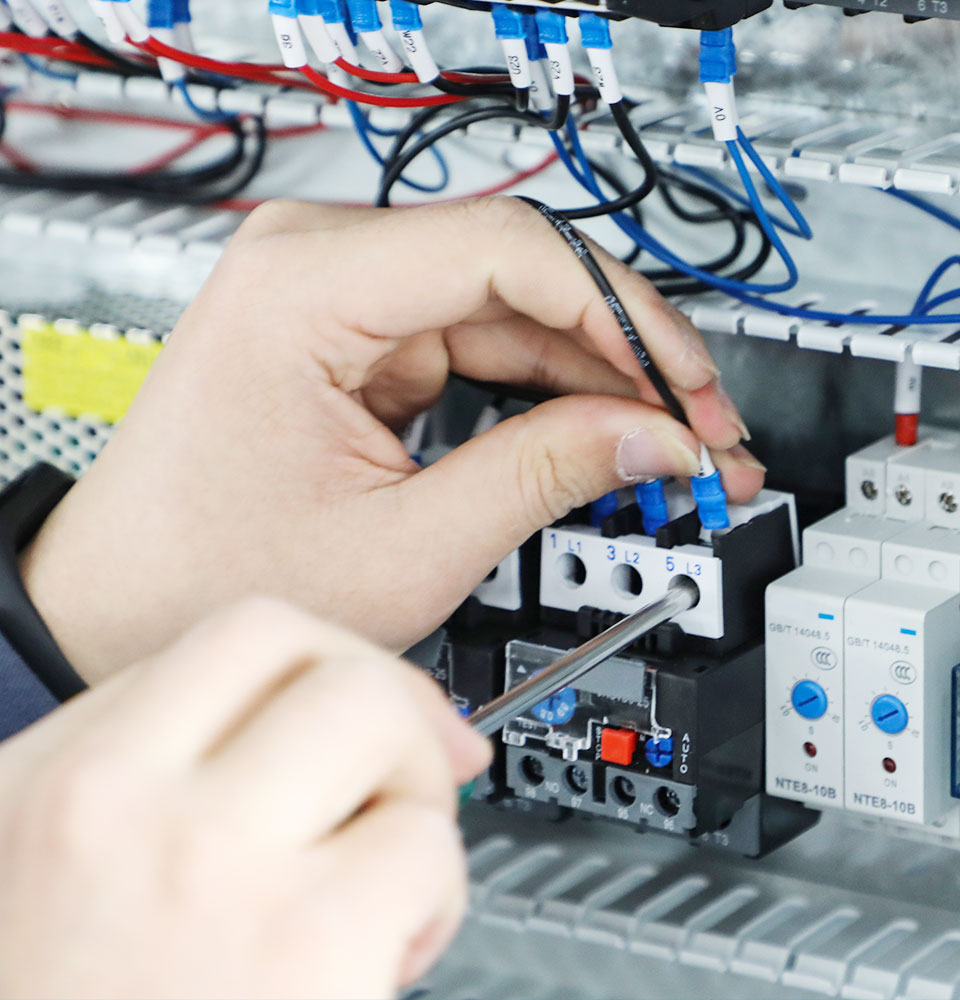





Shandong SINOUN Electric Co., Ltd. is a comprehensive provider of medium and low-voltage electrical complete system solutions and services. It is committed to the research and development and design of solutions, covering power, power grid, industry, medical, chemical, shipbuilding, commercial buildings, public buildings, etc. A wide range of application fields, from power transmission and transformation system engineering, power distribution system engineering, building intelligence to medium and low voltage electrical switchgear, etc., represent the company's core business scope. "SINOUN Electric" entered the electrical field in 1999 and established a standardized factory in Zibo, Shandong in 2003.


The "SINOUN Electric" brand covers standard and non-standard medium and low voltage electrical complete sets of box-type substations, 35KV and below. The product series is becoming more and more perfect, which can be widely used in power, power grid, industry, medical, chemical, shipbuilding, commercial buildings, public buildings and many other fields.



With three-level qualification for power engineering general contracting and three-level installation (repair, test) power facility license, it can undertake 110KV and below power line erection facilities, substation installation, civil construction, power distribution equipment installation, commissioning and testing, and power failure repairs. We are committed to creating a "turnkey project" of design, construction, equipment, power transmission, and maintenance for customers.

Mainly used in residential quarters, commercial buildings, hotels, large construction sites, high-rise buildings, industrial and mining enterprises and temporary construction sites.
Mainly used in power plants, substations, industrial and mining enterprises and institutions and other power distribution places, ring network power supply or dual-radiation power supply of the power system...
It is widely used in power plants, substations, petrochemicals, metallurgical steel rolling, transportation energy, light industry, textiles and other factories, mining enterprises, residential communities, and high-rise buildings.
It is mainly used in auxiliary devices of various power supply and distribution devices in industrial and mining, enterprises and high-rise buildings.
To provide customers with high-quality products, professional and personalized services make us a supplier favored by many top companies...


Development and Reform Commission: Accelerate the energy-saving transformation of key industries such as electric power, steel, nonferrous metals, petrochemicals, etc.

From January to April in 2021, the country's total electricity consumption is 2.55.8 billion kWh, a year-on-year increase of 19.1%

Forecast and analysis of market size and development trend of China's environmental protection and water industry in 2021
Copyright © 2021 Shandong SINOUN Electric Co., Ltd. All rights reserved
鲁ICP备2021038506号-1 国际站建设:中企动力 淄博 外贸谷歌推广






What can I help you?

sdzldq@126.com

No. 19, Wangxu Road, North District, Economic Development Zone, Huantai, Zibo, Shandong




















